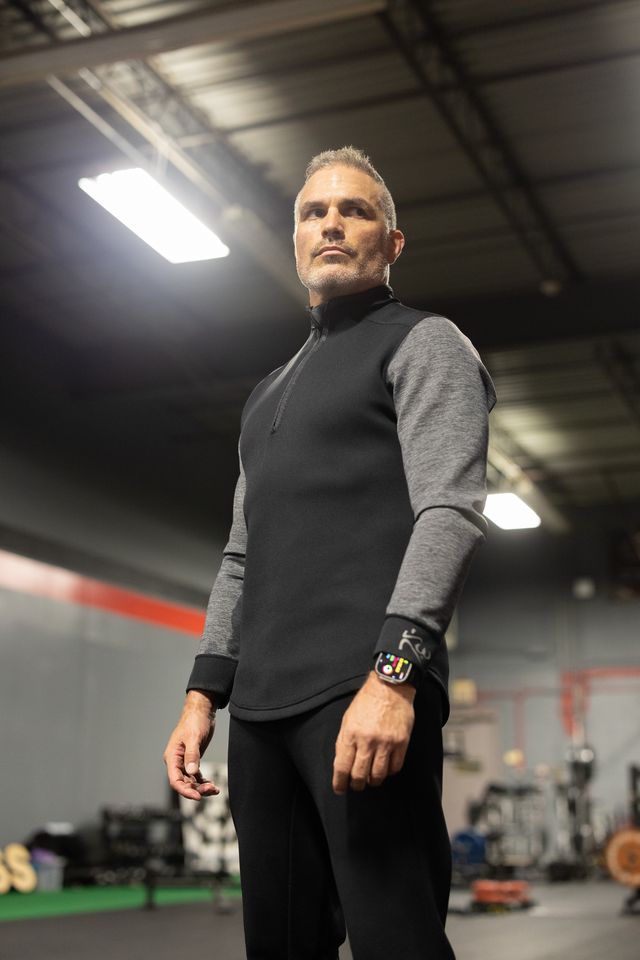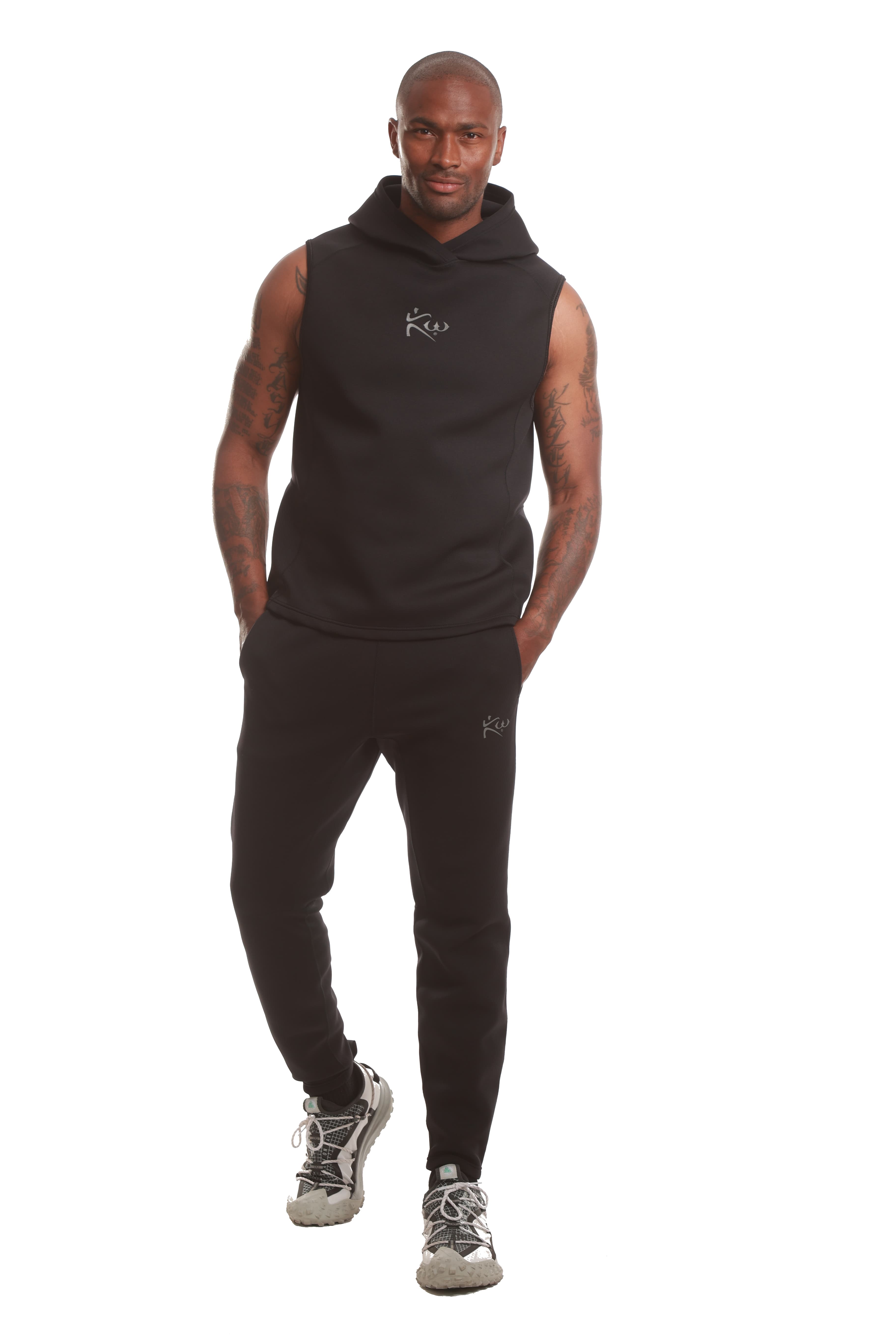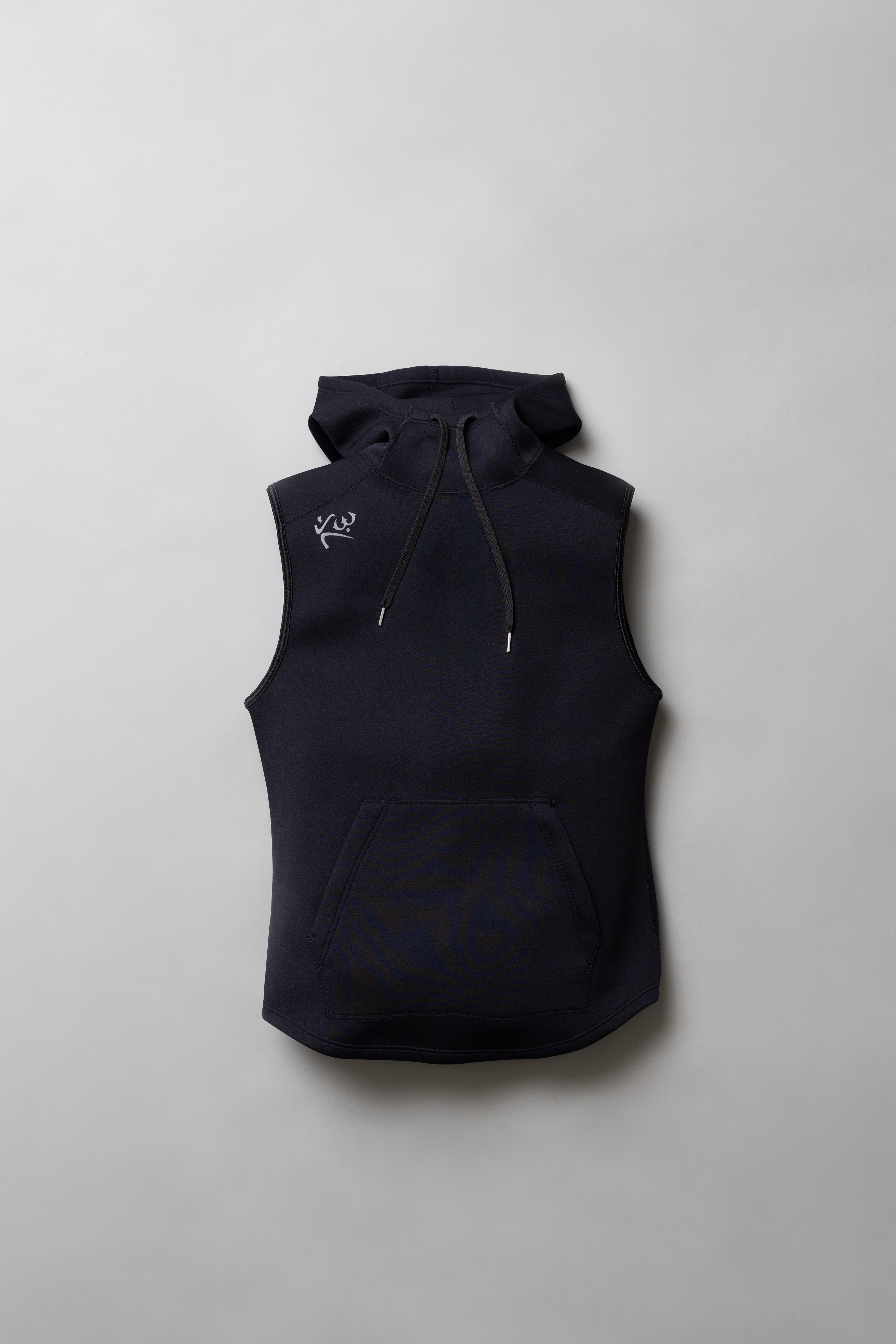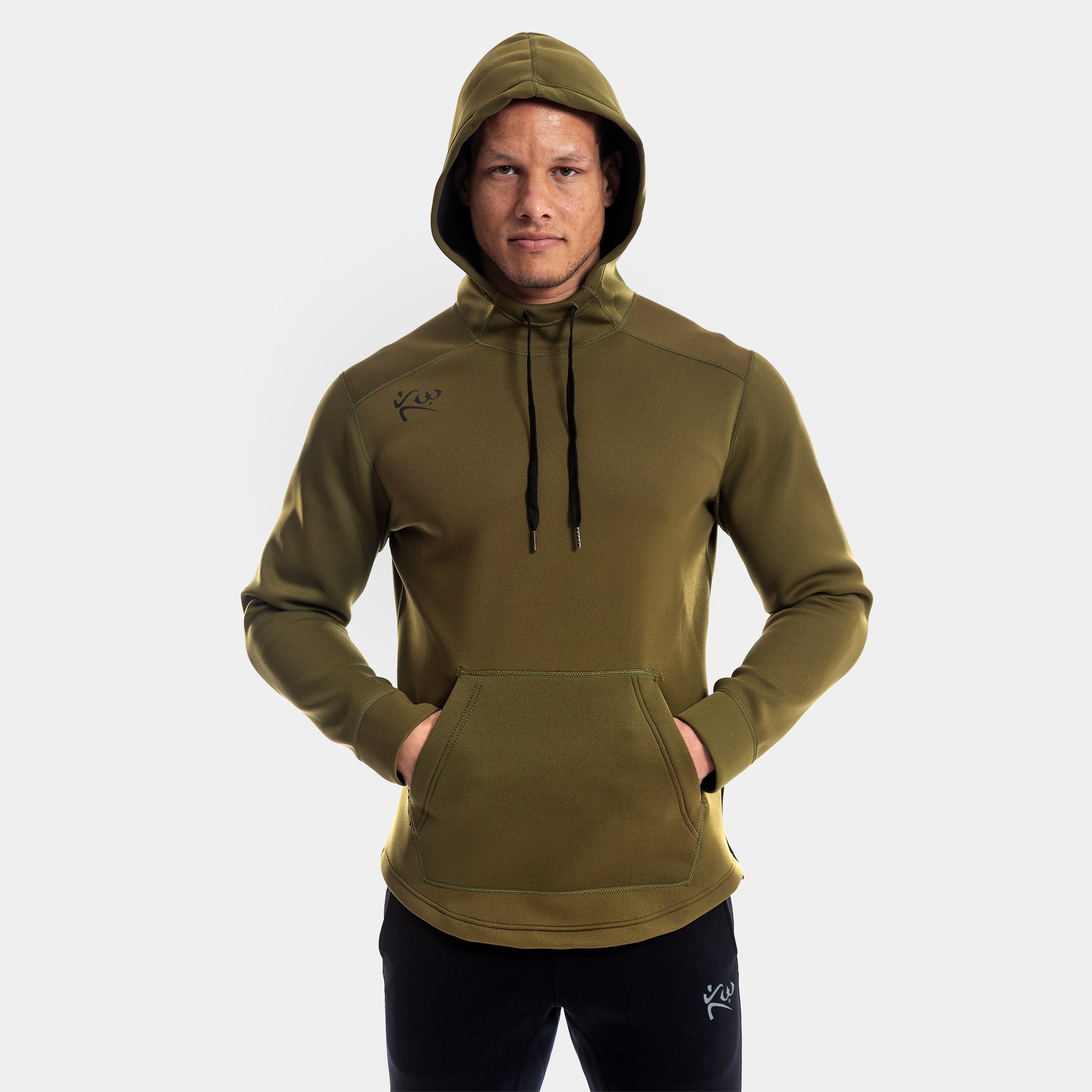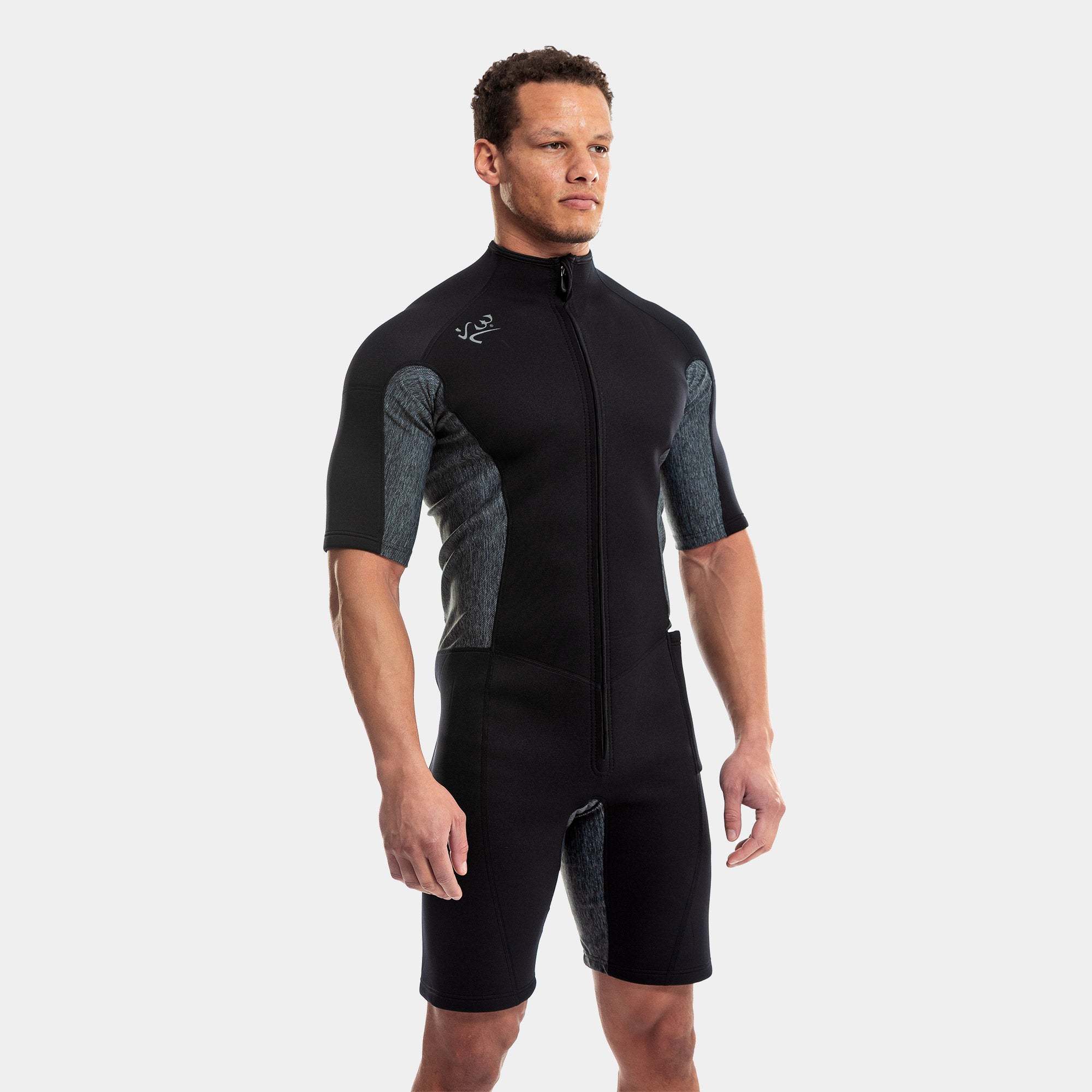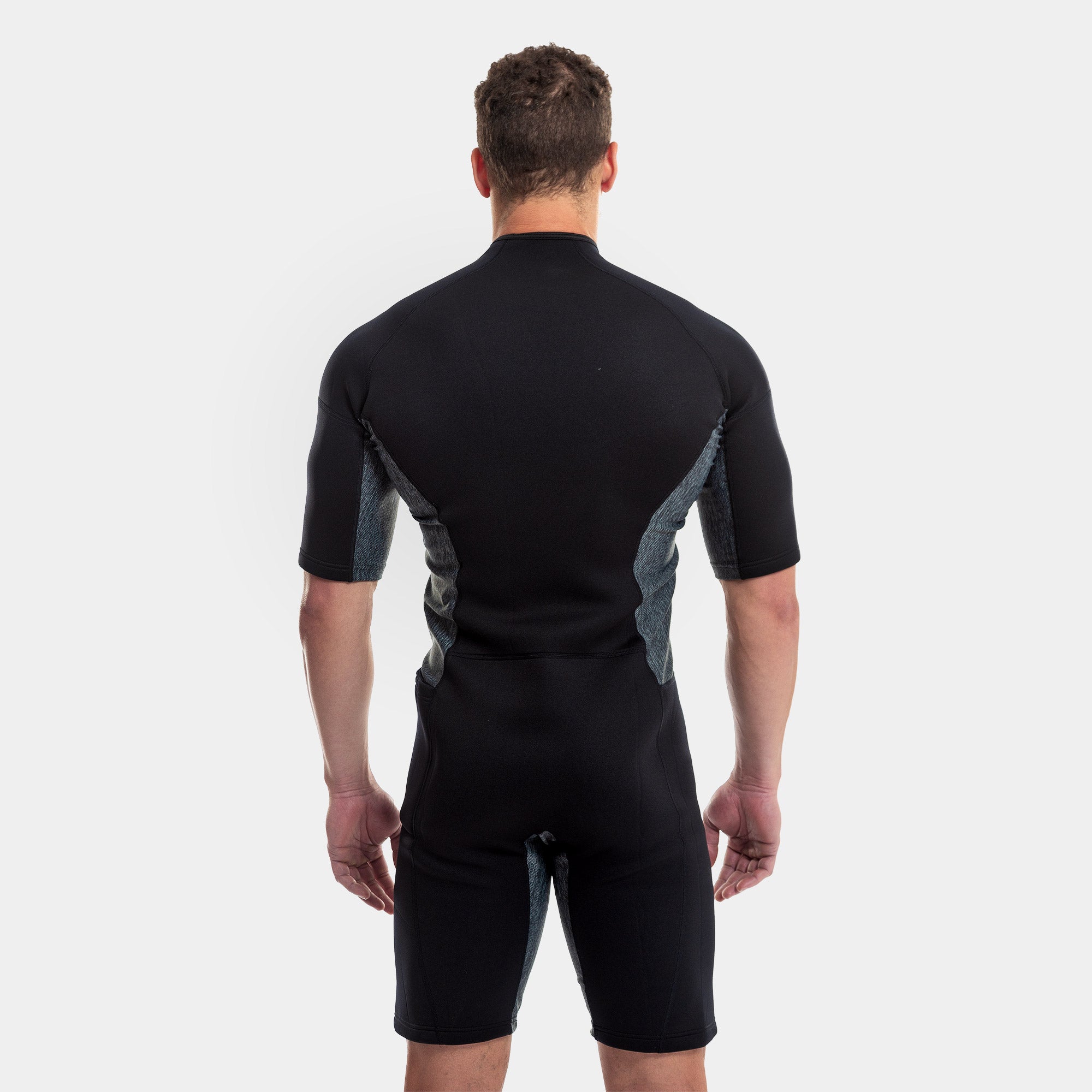Here’s How to Use Eccentric Training to Increase Weight Loss Results

How are your weight loss goals coming along?
Did you reach your goal weight before beach season started?
Or are you still on your way to success?
It may be Summer but make no mistake about it: people are still working their butts off to achieve weight loss and a lean physique. If you’re like most, you are close to where you want to be but the problem is those last 10 pounds.
Or maybe you just started, which is perfect because getting fit during the summer months is much more enjoyable than during the winter months.
If you want to kickstart your weight loss, it may be time to try to mix things up during your workouts. There is a training methodology that works wonders for anyone looking to trigger more fat loss and greater muscle building.
Let’s take a look at the principles behind eccentric training and how you can start to apply it to improve the results you see.

Eccentric vs. Concentric
During any exercise, there are three sections or phases to the movement:
- Concentric
- Isometric
- Eccentric
Before we jump into how eccentric training can help you reach your weight loss and fitness goals, it will be important to understand each of these three phases.
To demonstrate each phase, imagine you are about to perform a single arm dumbbell curl. You start by standing tall with a tight core and in your right hand is a dumbbell.
To begin the movement, you curl the dumbbell upwards towards your shoulder. This curling action is the concentric portion of the exercise.
The Concentric Phase
- Your muscles are forcing a weight to move in a pre-determined direction. In this case, the movement is up towards your shoulder. YOU are applying the force to the weight during the concentric phase.
When you reach the top of the exercise, the dumbbell will be at your shoulder. There is a pause of varying length, depending on your acute variables. Let’s say, for the sake of this example, that you hold the dumbbell there for two seconds. This is called the isometric phase of the exercise.
The Isometric Phase
- The isometric portion of the exercise is not generating any force against the weight and the weight isn’t applying any force to your muscles. Pending on the exercise, there may be tension against the muscle but, in general, this is a neutral position.
After the two seconds is up, you begin to lower the dumbbell back towards the starting position. The lowering of the weight is what is known as the eccentric phase of the exercise.
The Eccentric Phase
- This phase is where you’re going to get the most bang for your buck. Your muscle is fighting against the weight to safely control it back down in a pre-determined movement pattern. Not only are you stronger in this phase of the exercise but it has been shown in a variety of studies to be more effective at promoting gains in your workouts. (1)
The lowering of the weight, or the eccentric phase of the exercise, is what we’ll be focusing on today. Let’s jump into how you can use eccentric training to promote better overall results.
How to Maximize Eccentric Movements
Eccentric training is going to be useful for every fitness goal. Whether you’re trying to lose weight, build muscle, or gain strength, eccentric training has the scientific backing to prove it’s effective for all three goals. There are a few ways that you can utilize eccentric training based on your routine and if you have a lifting partner or not.
Training Solo
While it is ideal to exercise with a partner for eccentric training, doing it by yourself isn’t impossible. If you’re working out alone, try the following acute variables during your next workout.
Lifting Tempo
- 2 seconds in the concentric phase
- 1 second in the isometric phase
- 4 seconds in the eccentric phase
- The number of reps you complete here isn’t as important as you ensuring you stick to the number of seconds listed above. Count them out loud if you need to. Just be sure that the muscle is under constant tension.
Last Set Failure
- On the last set of an exercise for one muscle group, practice complete eccentric failure. You can do this by lifting the weight up and as you bring it back down, stop at the halfway point. Hold the weight in this position until your muscle gives out. Obviously, since you don’t have a spotter, you have to be selective on which exercises you use this technique. Here are some of the best exercises to use:
- Chest fly
- Barbell rows
- Leg extensions
- Leg curls
- Push-ups
- Pull-ups
- Rear deltoid fly
- Bicep curls
- Triceps cable extension
- Calf raises
Training with a Partner
If you’re able to convince a friend or lifting buddy to tag along for eccentric training, you won’t regret it. Having a partner allows you to really increase the weight to ensure your muscles are giving it their all during the eccentric portion of the lift.
Aside from following the tips and tricks above, you can also try the following:
150 to 200% of Your 1RM
- This may sound insane but keep in mind that you will have a lifting partner or two guiding you through the exercise. The idea here is to use a weight that is 150% to 200% of your standard one repetition maximum for an exercise. Let’s take the barbell chest press, for example.
- Let’s say that you normally bench 100 pounds for your one repetition maximum. For this eccentric training technique, you will put on 150 to 200 pounds of weight. You’ll have a spotter at each end of the barbell. The spotters will lift the weight for you. In other words, they will take care of the concentric portion of the lift. Your job is to safely, securely, and slowly lower the weight to your chest. Once the weight is lowered by you, the spotters will lift the weight again.
- This technique is highly effective and don’t be surprised when your muscles start screaming from the burn.
Tell Us What You Think!
Have you ever tried eccentric training before?
What results did you see from using eccentric training?
Let us know in the comments below!
References
1. Roig, M., K. O'Brien, G. Kirk, R. Murray, P. McKinnon, B. Shadgan, and W. D. Reid. "The Effects of Eccentric versus Concentric Resistance Training on Muscle Strength and Mass in Healthy Adults: A Systematic Review with Meta-analysis." British Journal of Sports Medicine. U.S. National Library of Medicine, Aug. 2009. Web. 03 July 2017.
- Tags: featured
0 comments




